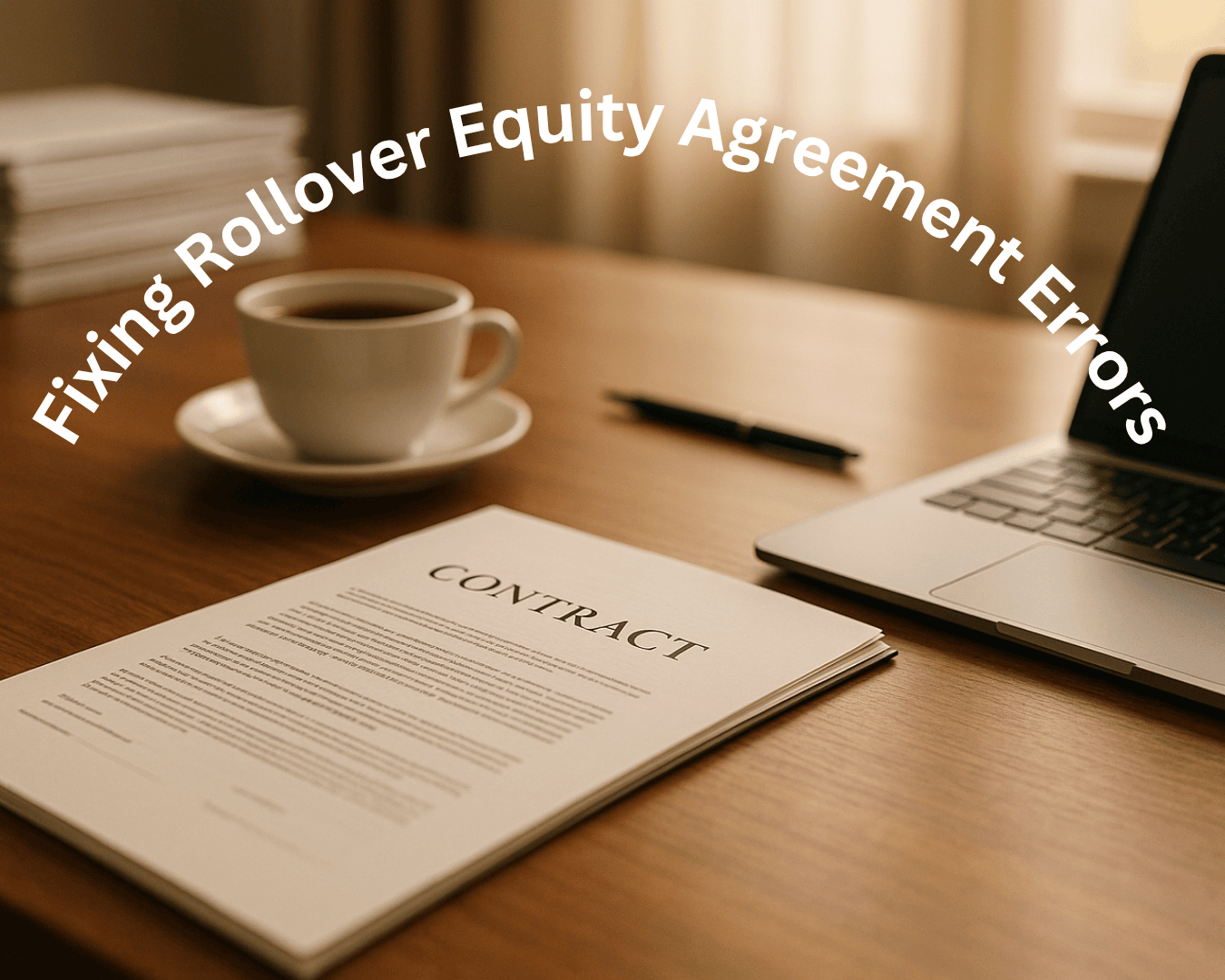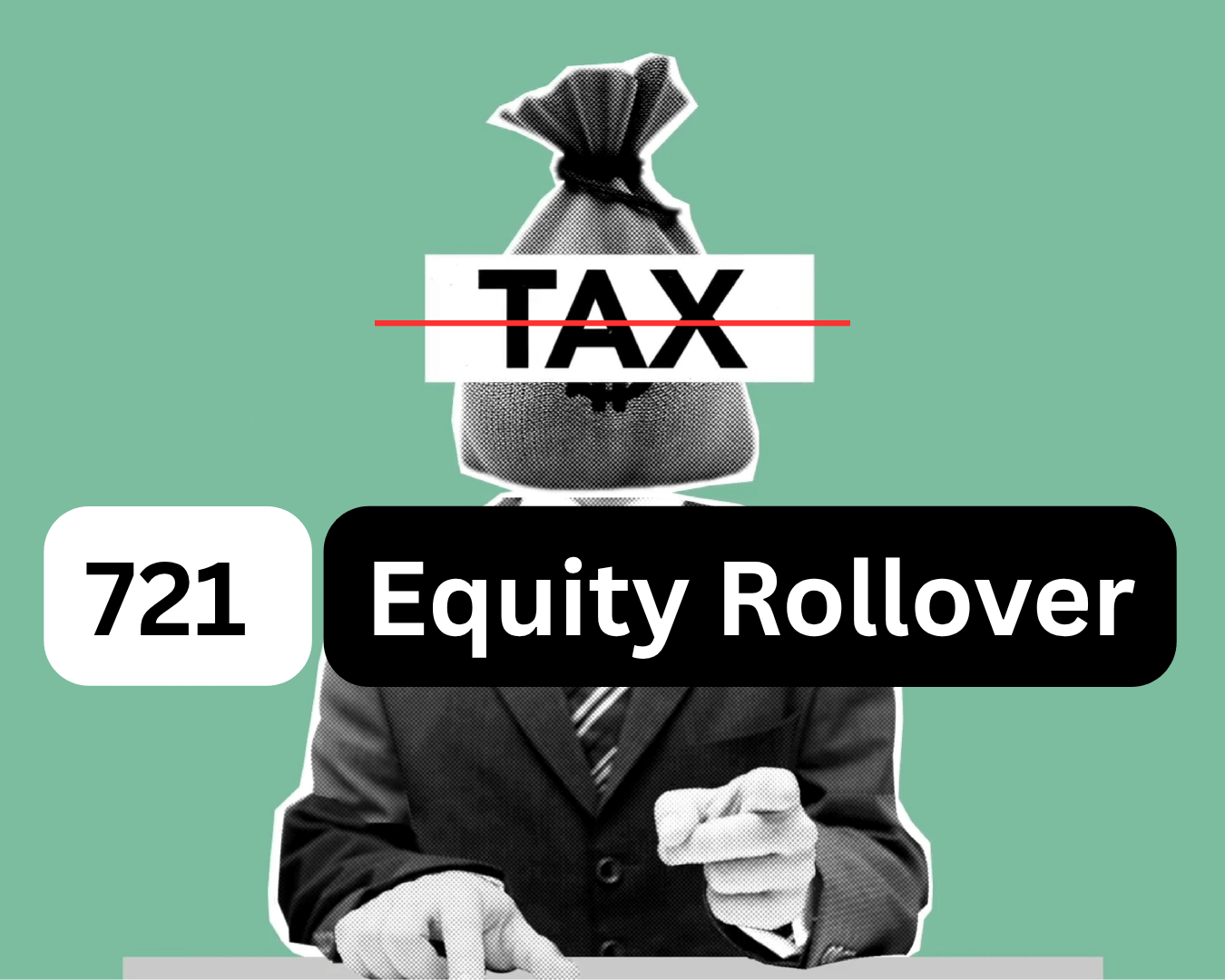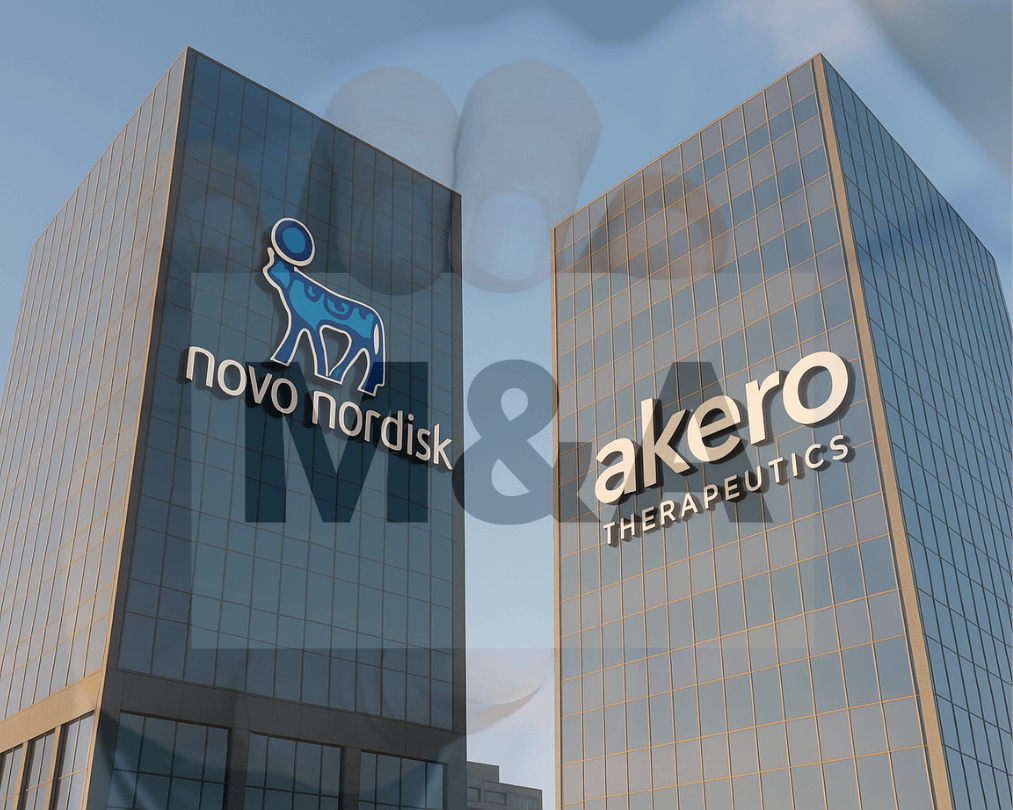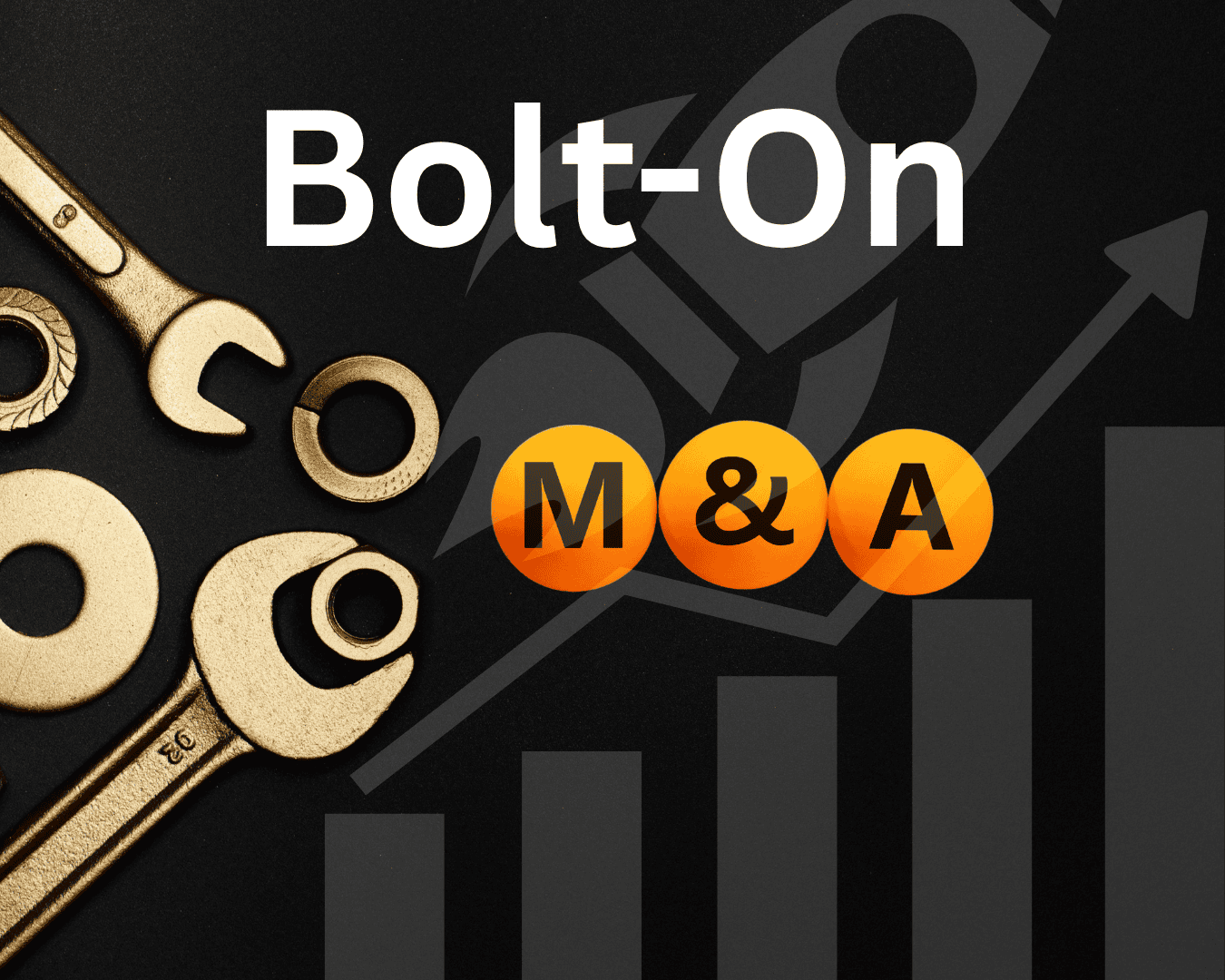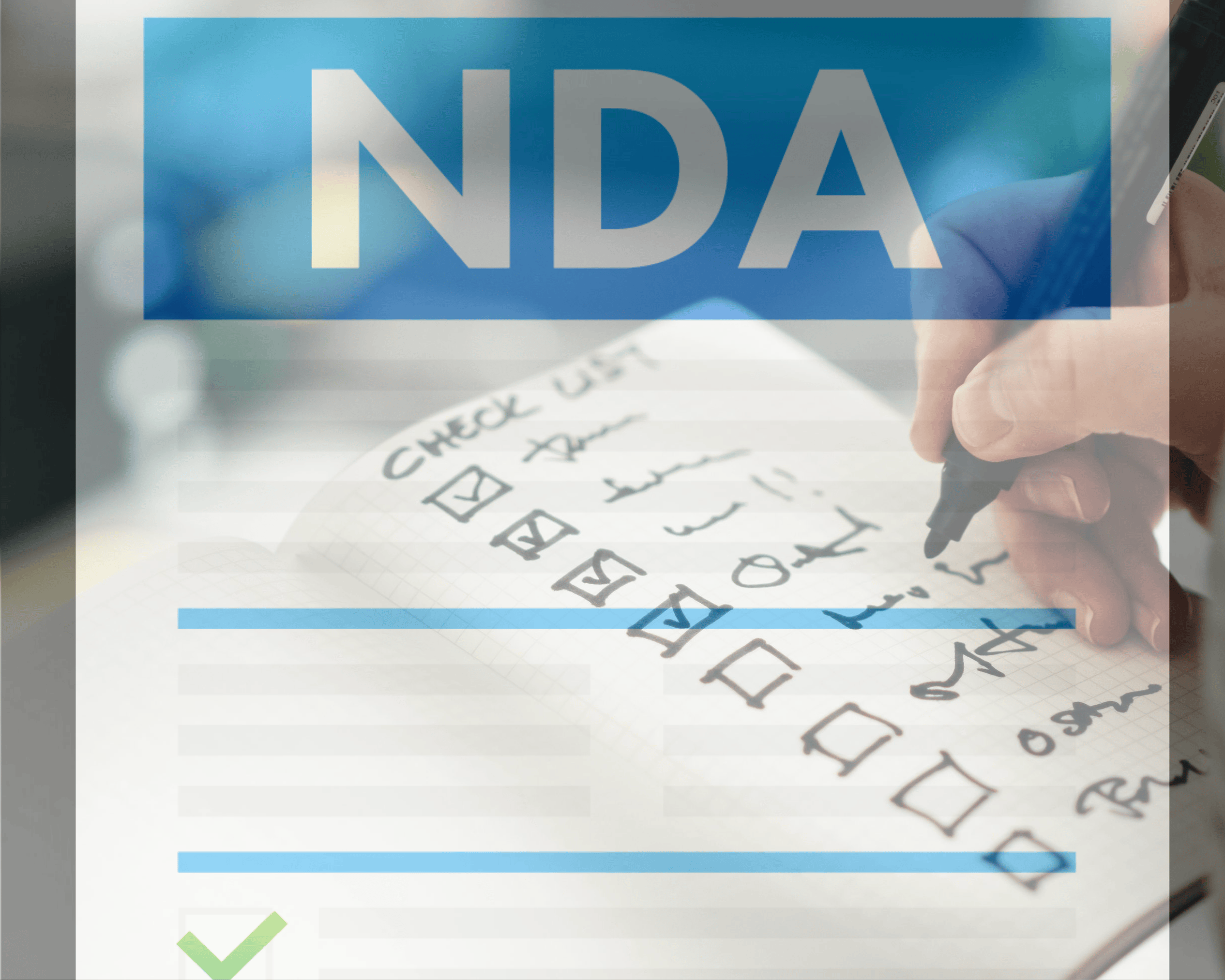In my early 30s, I took a job at a printing company that was struggling to finish projects. They were mostly internal operations projects that were assigned out from the president that never seemed to get all the way done. There were also some massive, expensive projects they outsourced that never saw the light of day.
In either case, the leadership team had a good grasp of what they expected out of the business…
Drive more traffic to the website.
Print more goods.
Do it faster.
Keep quality of service high.
Bring customers back for more.
Have fun and be safe on the job.
Bottom line? Increase revenue.
Yet, even though the outline and top-down directives were on point, the company was losing on nearly every benchmark.
What I noticed when I started was that people had great intentions and wanted to do what the boss said; however, it was so scattered and independent that people weren’t completing their work.
Here’s the thing: whether you’re buying companies or helping lead them, it’s key to hold your people accountable.
Thankfully, the new president started doing just that.
Buying Companies & Holding People Accountable 101
By the time I joined the company, the group had gone through a few rounds of turnover under the leadership of the new president (spoiler: she held people accountable).
With a shift toward higher accountability, some people didn’t want to stick around. Others didn’t get the job done and were asked to leave.
When I got hired, the culture had shifted to one of leadership holding people accountable, as well as employees themselves wanting to be held to a higher standard. I could tell the team was still working toward accountability, but they weren’t quite there yet.
Here are some things I noticed.
Signs The Team Needs Accountability
- Deadlines are not set, or deadlines are frequently missed
- People shift blame to others
- Lack of follow through
- Unclear roles and responsibilities lead to confusion and lack of ownership
- Poor communication
- No consequences for low performance
- Pointing fingers instead of solving problems
- Repeated quality issues
- Vague and incomplete feedback
- Resistant to change
The biggest issue in my experience was the lack of follow through. It seemed like days would go by as people gave the same updates over and over. Yet, as I sat next to them to work every day, they were always present and seemed to be plenty busy.
What gives?
It’s not a straightforward, boilerplate answer, but with the perceived busy-ness and the lack of follow through on projects, the primary issue in this organization seemed to be the lack of middle managers holding themselves and their own teams accountable.
This group wanted to work for the new president because she had a great vision and would put in the work to get sh*t done. We firmly believed that we could check off the boxes above to impact the business growth.
Unfortunately, a lot of different people were chasing ideas in different directions. It was time to laser in and focus.
You May Encounter Resistance To Accountability When Building & Buying Companies
Something else I noticed when I joined the team is that some “lifers” were super resistant to being held accountable. It wasn’t fun being the new person saying, “I can’t get my job done if you’re not doing your job.”
Being held accountable, as a new expectation, can be uncomfortable. I’ve seen people resist and speak negatively about the leadership team enforcing deadlines and digging in for more information.
I’ve witnessed people avoid taking responsibility out of fear of the consequences. (This one doesn’t really work… people always find out the truth).
Most importantly, though, people resist being held accountable when the person doing so doesn’t walk the walk themselves.
It is beyond frustrating to be held to a higher standard by someone who falls short. It feels unfair and ineffective.
On the other side is empowerment. Working under a leader who puts in the work, meets deadlines and shares the failures alongside successes normalizes accountability for everyone. This is the team that I walked into. This is the goal!
Let’s talk more about that.
How To Hold People Accountable At Work
When you buy a business and step into the new role as leader, it’s important to build a relationship with your people as well as maintain and grow the business.
Shifting a company culture to foster accountability is a delicate process that requires strategic planning, effective communication, and a focus on creating a positive and supportive environment.
Here are some steps you can take as a new owner to help instill a culture of accountability without causing undue upset:
- Start by observing and learning
- Lead by example
- Clarify expectations and communicate them frequently
- Invest in training & education so people can meet expectations
- Foster open communication
- Set goals
- Celebrate successes
- Normalize failures and encourage a growth mindset
- Involve employees in decision making
- Be open to feedback
Cultural change takes time, and a gradual approach is often more effective than a sudden overhaul. Be patient, communicate consistently, and demonstrate a genuine commitment to creating a positive and accountable workplace culture.
In a matter of weeks after I started, we launched projects that had been in the constant “in process” loop for months. These follow-through wins were just the beginning. It took about three more months to feel like the real change took place.
Alongside finishing the work we started, the other key piece to the full shift was that we started to talk about our work frequently.
The president asked for updates often.
Our team discussed deadlines regularly.
I was sure to mention hurdles as they came up.
Communication goes a long way toward positive accountability at work.
Have you had to deal with a lack of accountability at work? Join our community of business buyers at ClearlyAcquired.com to share your story. I’m just a connection away.
Thanks for reading!
Sincerely,
Lauren
Product Manager & Content Marketer





















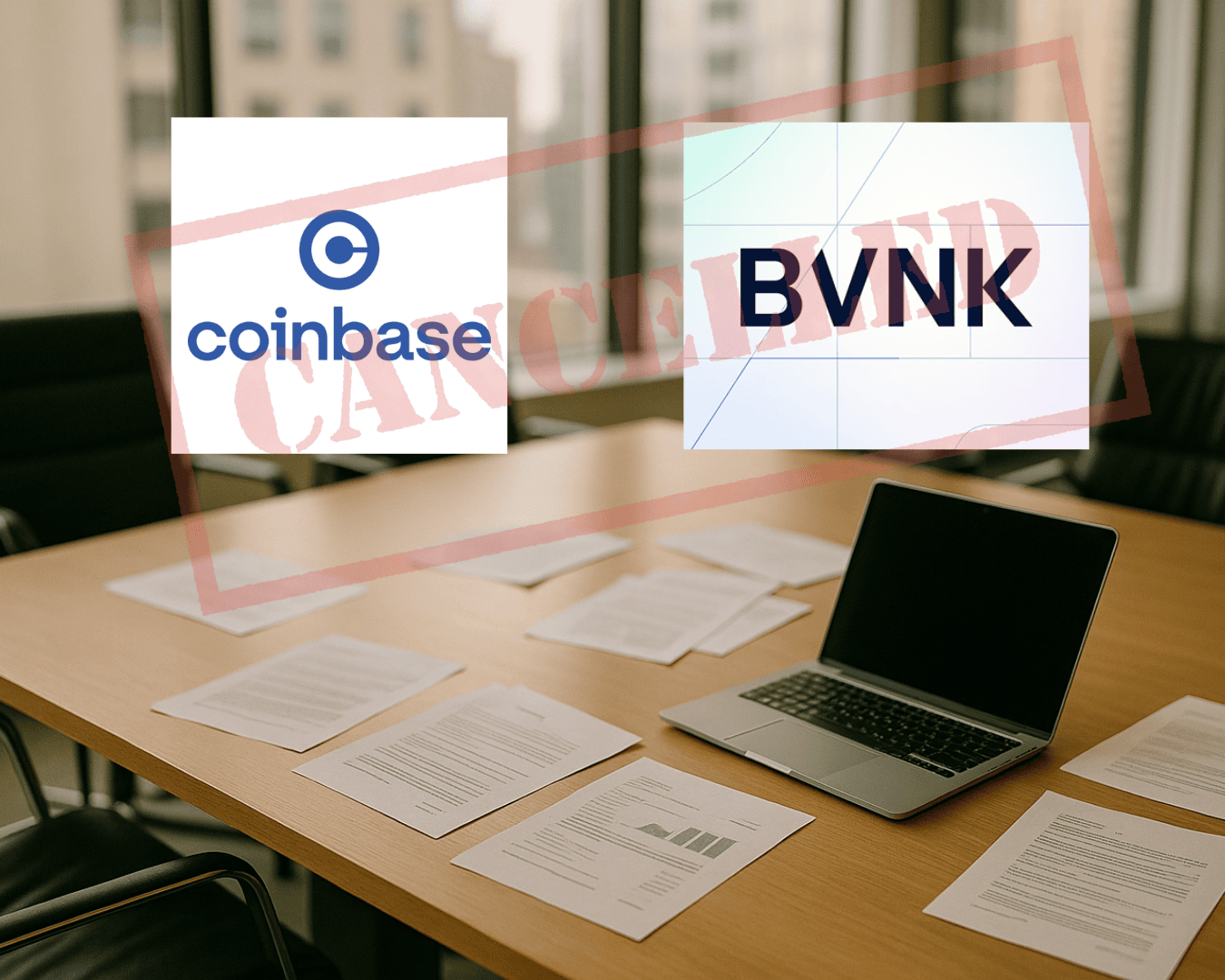


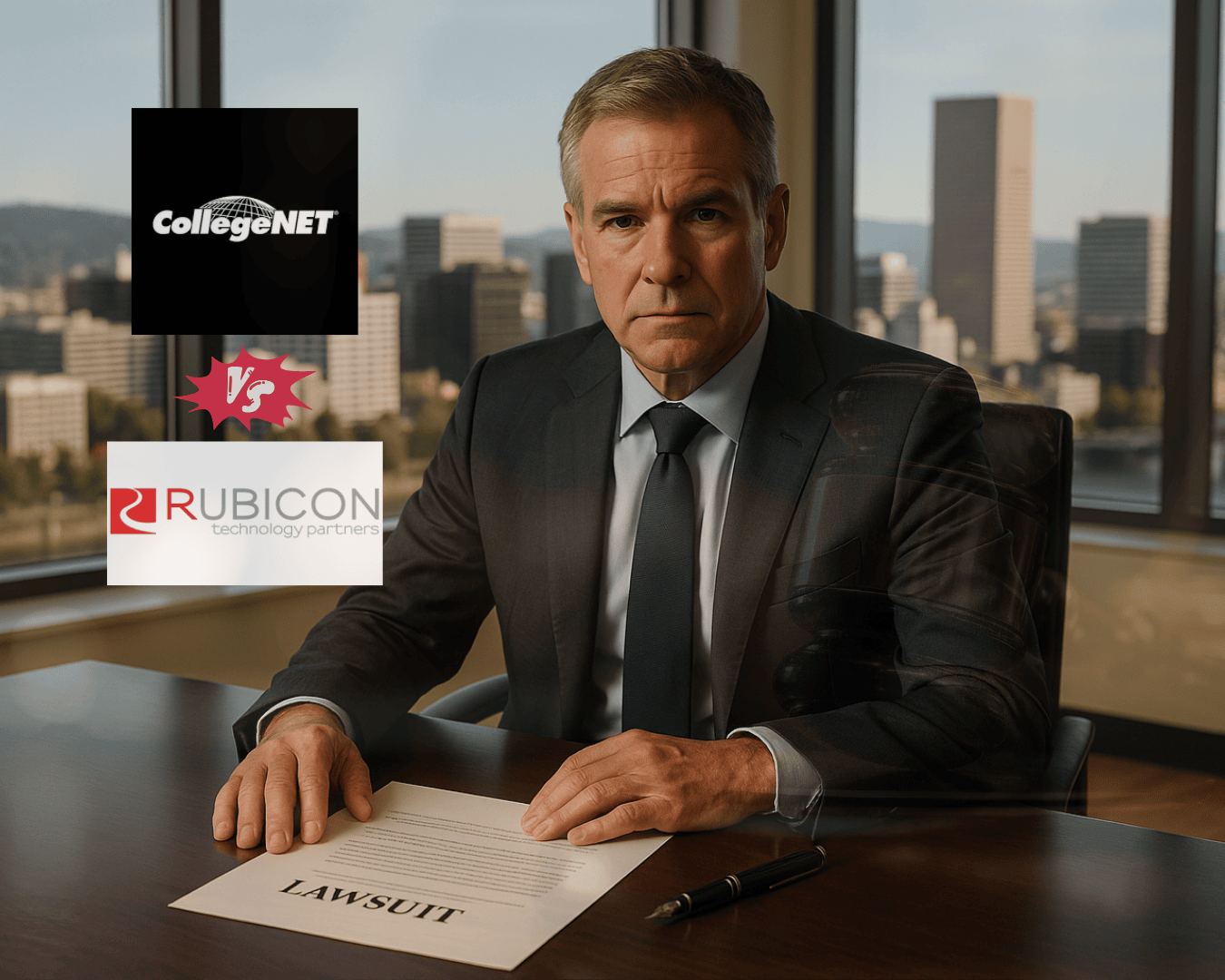






.png)

















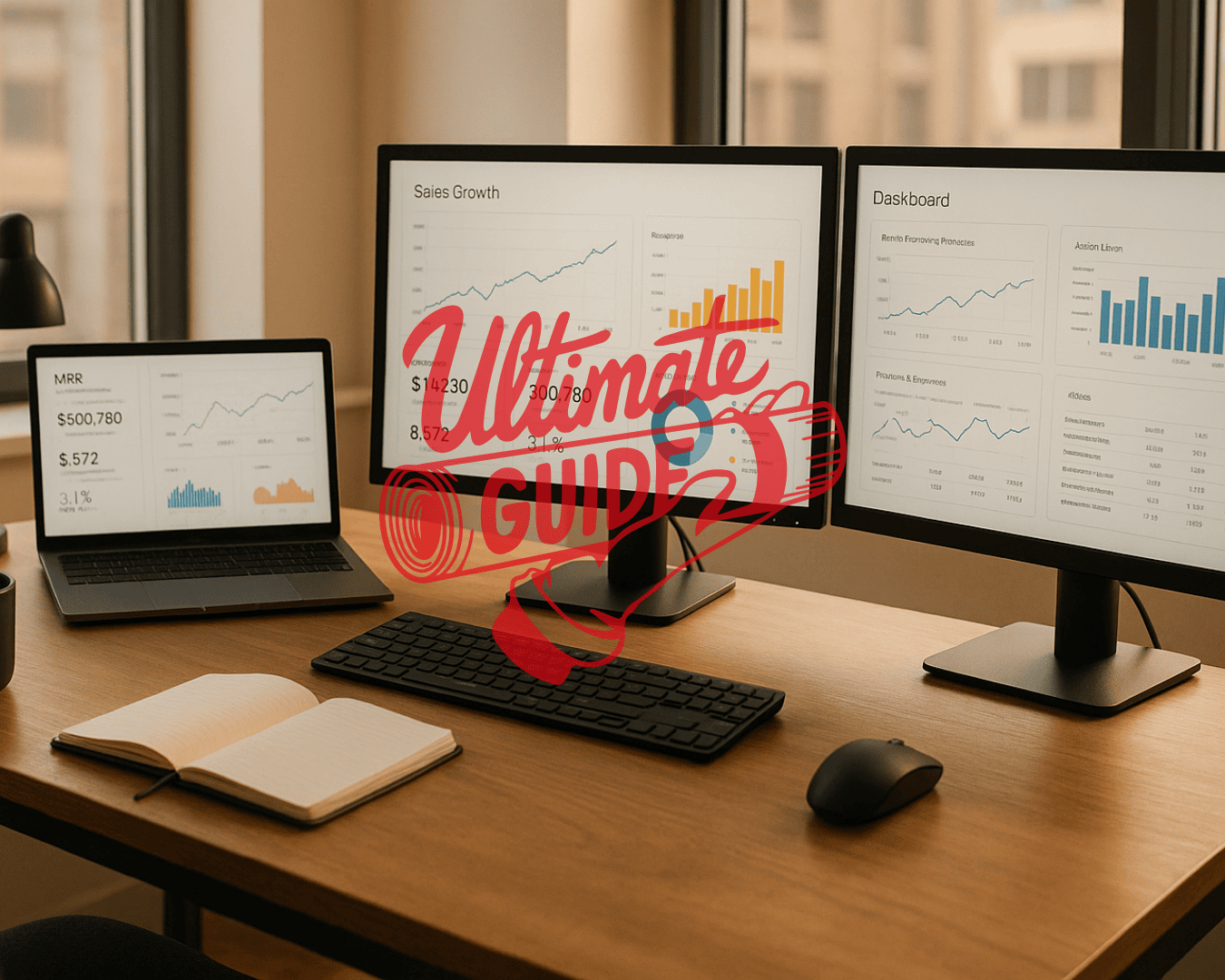










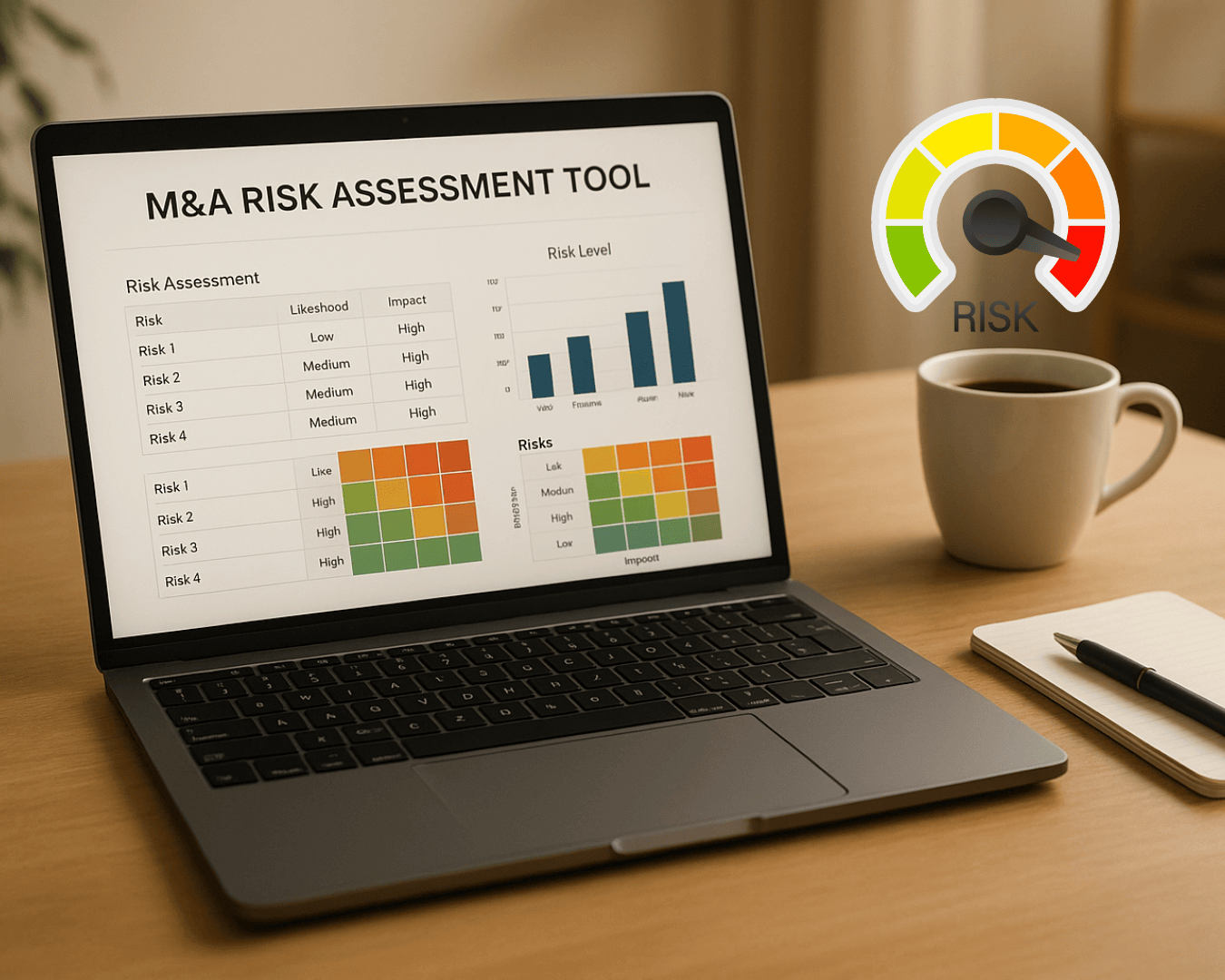











%20Loan%20Application%20Checklist.png)
